The purpose of this project was to develop a series of models that used the direct generation of g-code rather than using a slicer. We were tasked to created three different shapes that cannot be generated with the use of a slicer.
For this assignment, my initial thoughts were to create pieces like Bryan Czibesz ceramic pieces, but I wanted to make my pieces more linear and less circular. This plan did not outright fail, but I did not exactly generate a family of pieces like how I originally intended to in my head. By using the Extruder-Turtle library within Rhino and Grasshopper, I was able to create many other interesting shapes that would not be possible with a slicer.
Circle Objects:
Development of my pieces began with writing a couple of functions/definitions and manipulating polygon shapes within the example code presented in class by Dr. Buechley. To gain some experience with how the turtle library works, the first definitions that I wrote was a simple circle generations. Each definition would do something a little different to find out the capabilities of the turtle library. For example, the circle definition draws a simple, single layer circle, the circleTexture definition is called to make a circle have a different outside texture by moving the head slightly over the original line to try to generate an outside “texture” and the circle spiral uses the roll feature in the library to perform a “spiral-like” design when building. Two examples of how I used this circle function to generate interesting models are shown below.
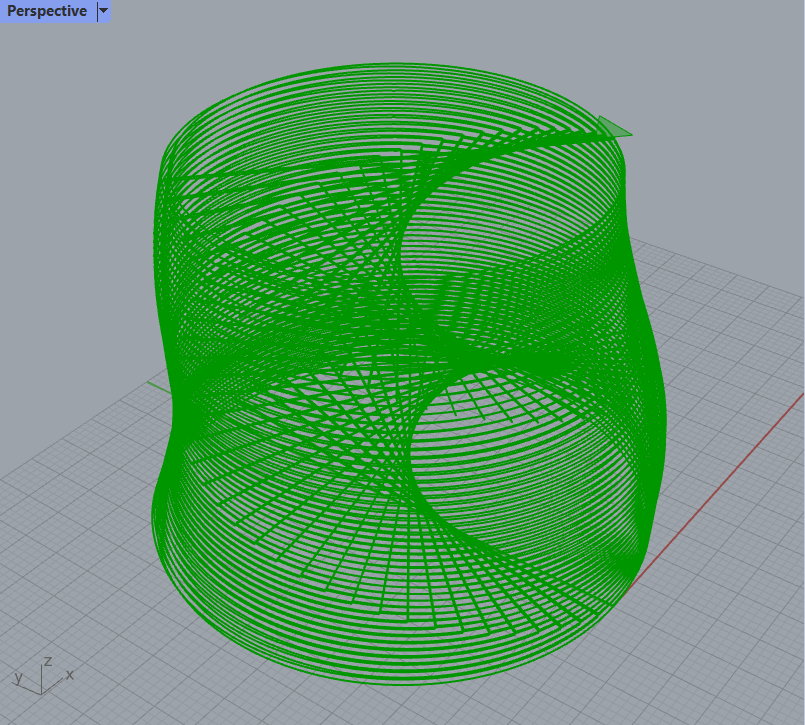

Czibesz-like Objects
After generated the two circle shapes that I intended to print, I then moved to create a Bryan Czibesz-like model that utilizes both the polygon and circle functions. My first step was to create a model that grows as it reaches the top. This was very easy to implement with just an accumulating variable that changes the size of the created design. Some of these designs were very interesting, but I did not like the simplicity of most of them since it was just a single polygon surrounded by a circle. Since I wanted to add a bit more complexity to the design, I turned the turtle 180 degrees and generated the same polygon shapes again but more as a “reflection” of the original. I did this a couple more time and that did it. The lack of complexity was done and it generated exactly what I was aiming for with the original plan. Here are some of the cool shapes I was able to generate.
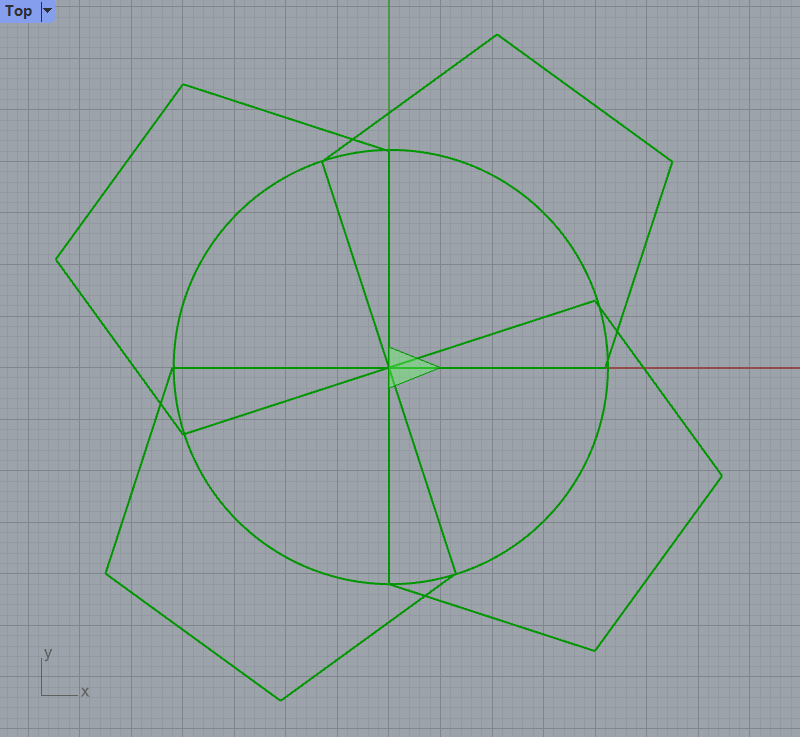
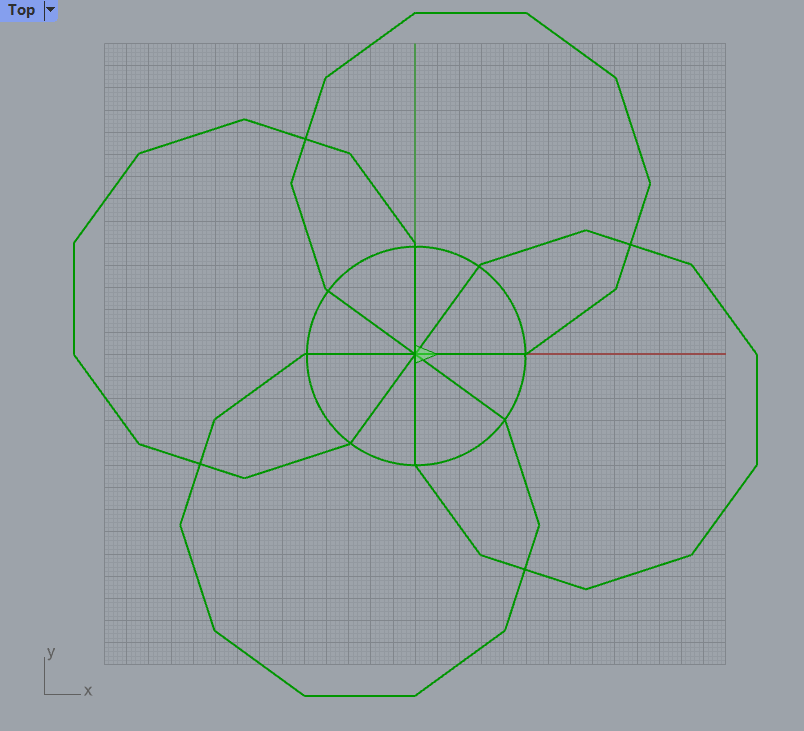
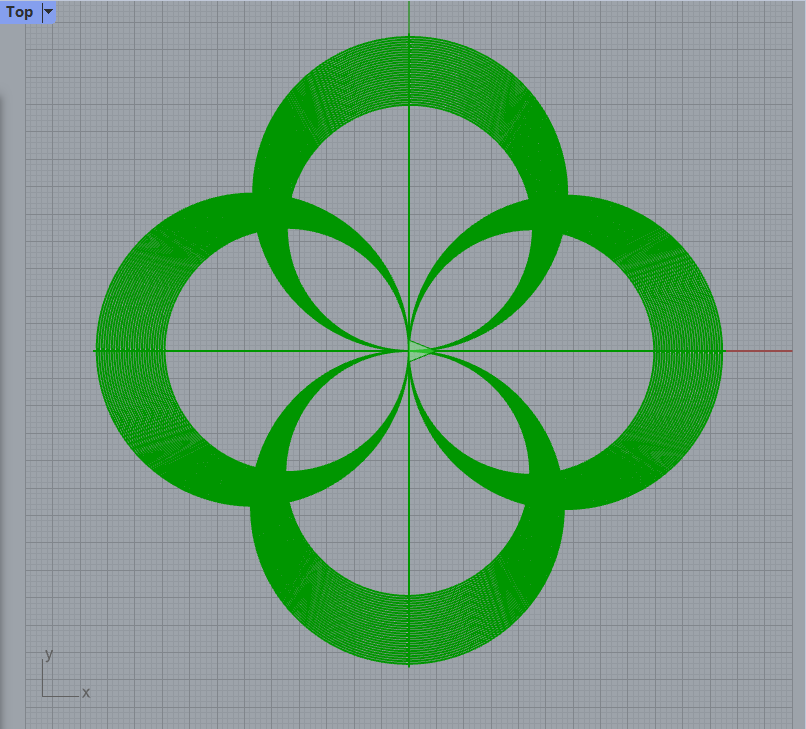
Also, I discovered that “staggering” layers may be something that could print out a very interesting model. That is, when the layers build up, then the removal of some layers at a certain point within the for loop may be able to have a cool effect on the outer features of the print. This was achieved by utilizing the modulus operator within the Python code.
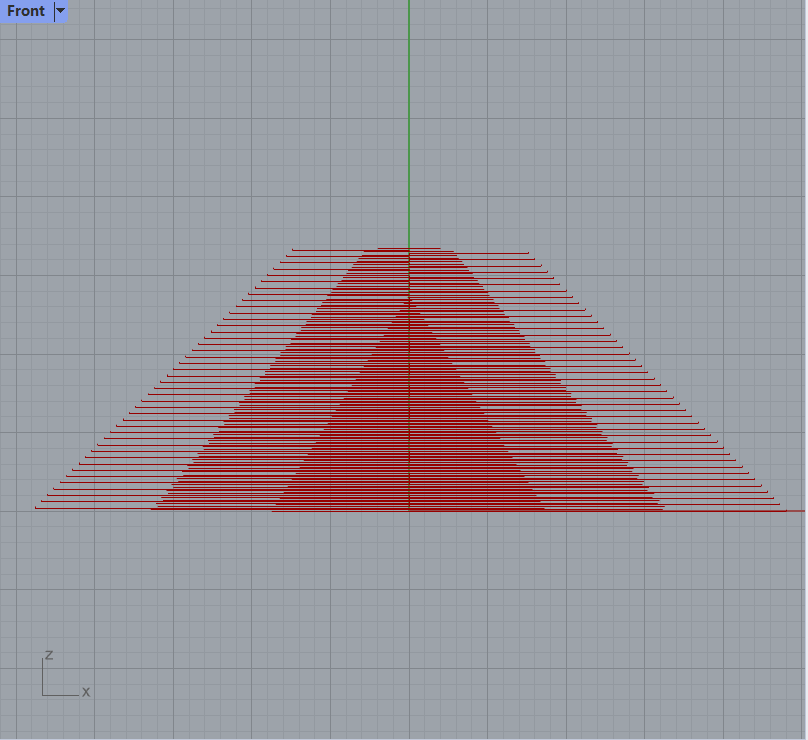
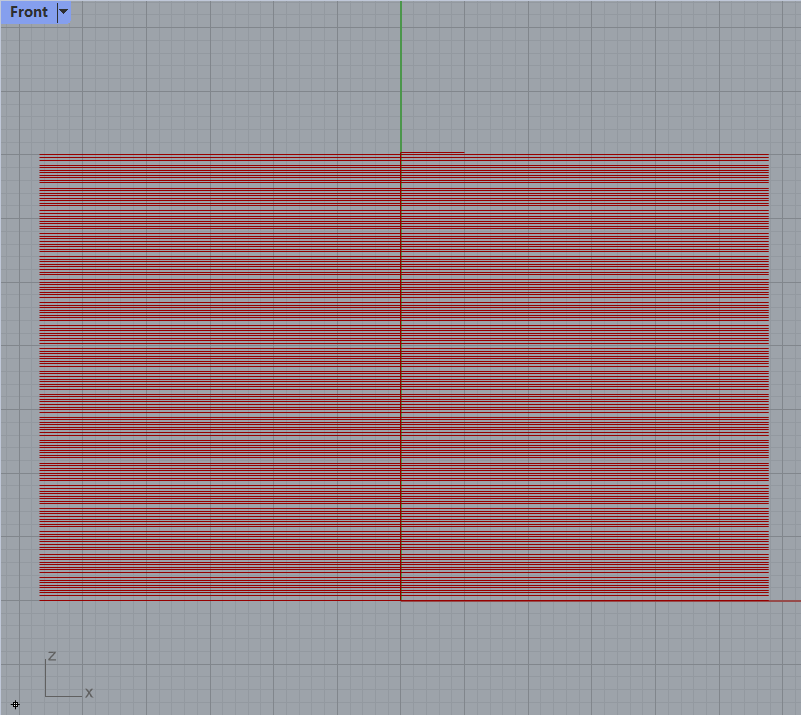
Printing
After many, many g-code designs that I thought would be suitable to print, I settled on four designs to print. Two of them are simple circle designs and the other two are the Czibesz-like objects. The first was a simple one-layer circle that I wanted to use as a “test” print to check if the amount of density the printer had was a good enough. Little to my knowledge, I printed out a piece that I thought was very cool, despite it being so simple. The circle was thin enough to create a somewhat “flexible” print. The next circle that was printed was the Mercedes logo look alike. I originally wanted the single strands of filament to cross the entire circle and create single strands that looked like the Mercedes logo, but this did not work as intended. Instead, it did not stick to one of the sides, but created a cool wave-like string stand in the middle of the circle. When I saw this, I was like “that is not what I was expecting, but I do welcome this change.”


The first pyramid print was utilizing the texture technique I learned within the first circle I created but the print. This print did not have that “texture” how I was expecting. It still came out great, but there is nothing too special with this one. This is also one that I believe a slicer might be able to do, besides those little indents of “texture” I added. The color and texture on this is really unique and special to me, even though it was not as texture-like as I expected.
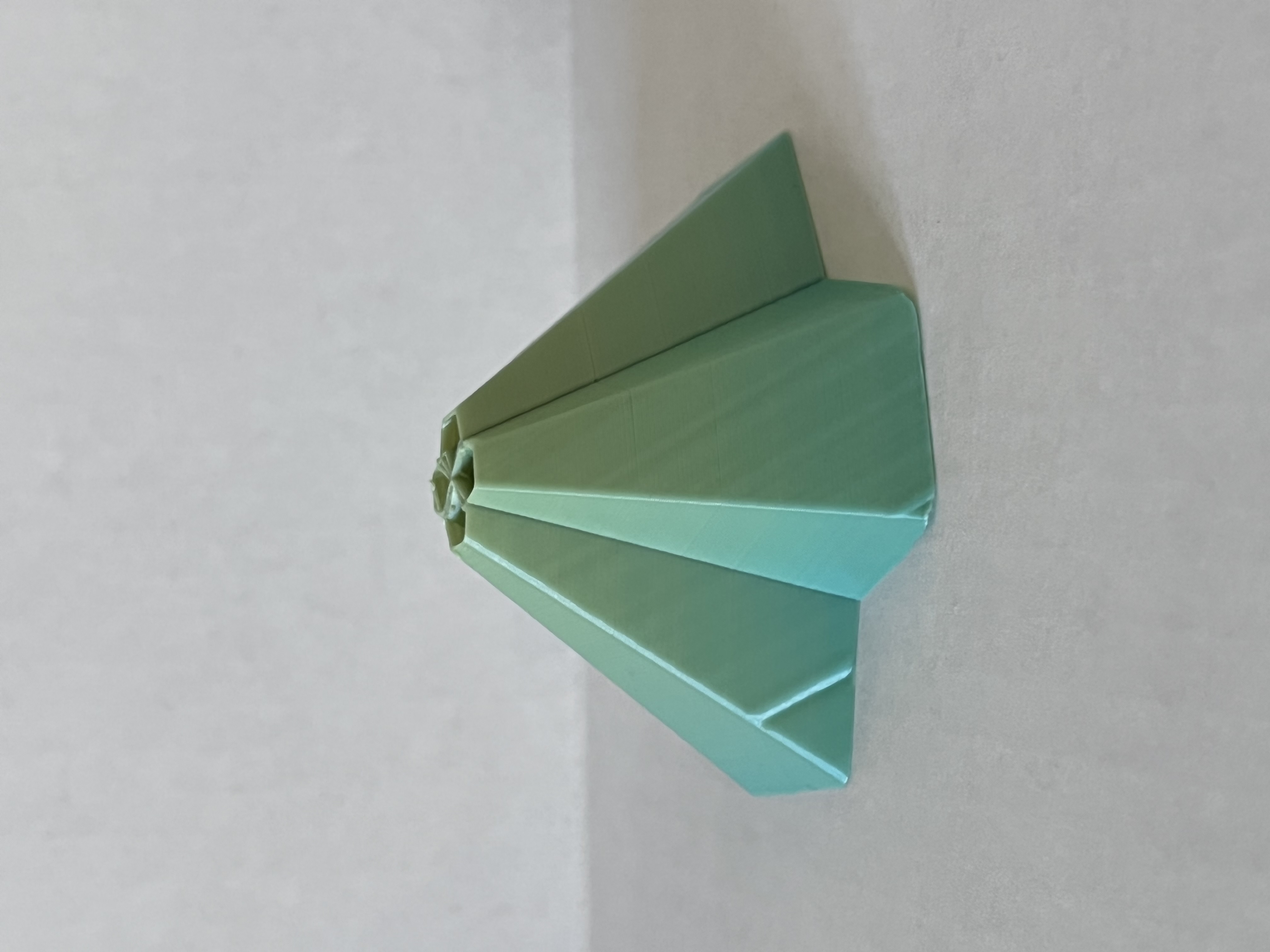
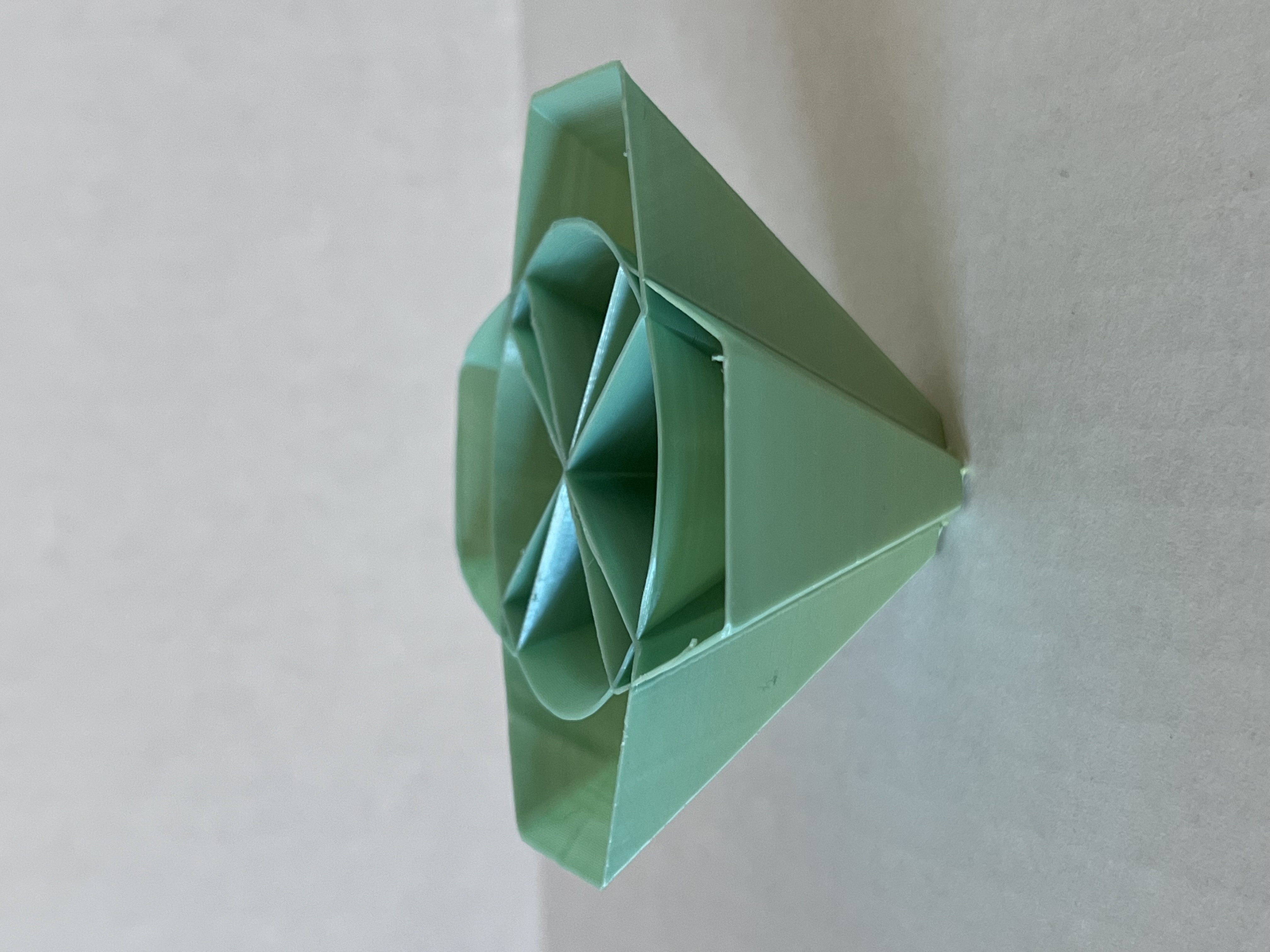
Lastly, the box print was using the staggering technique I spoke about earlier. This one came out great and the texture on it is very cool. The main structural foundation has that staggering of filament layers but surprisingly has a great and strong foundation. Each of these designs do not exactly look like Czibesz’ work, but the inspiration is there.
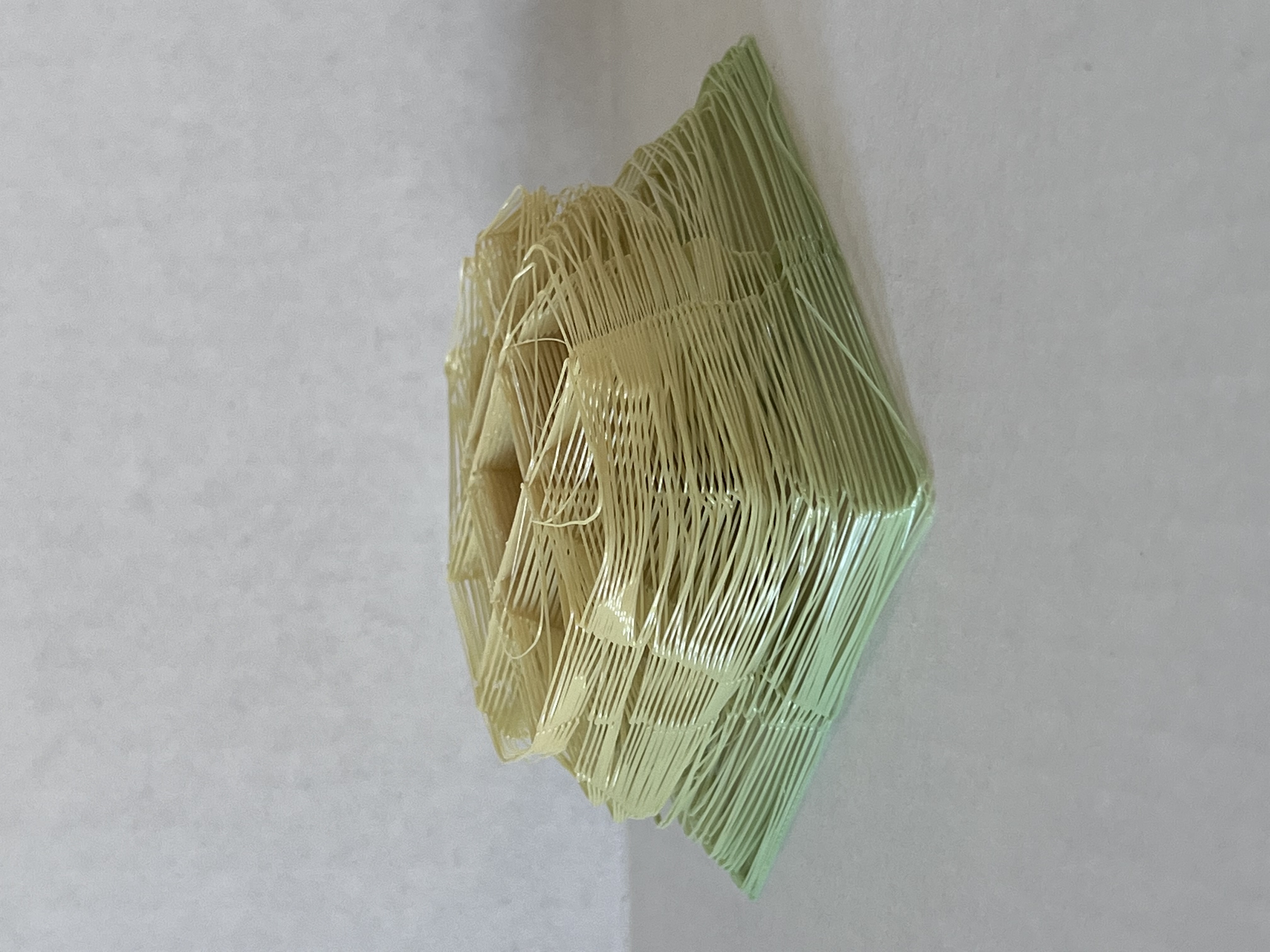
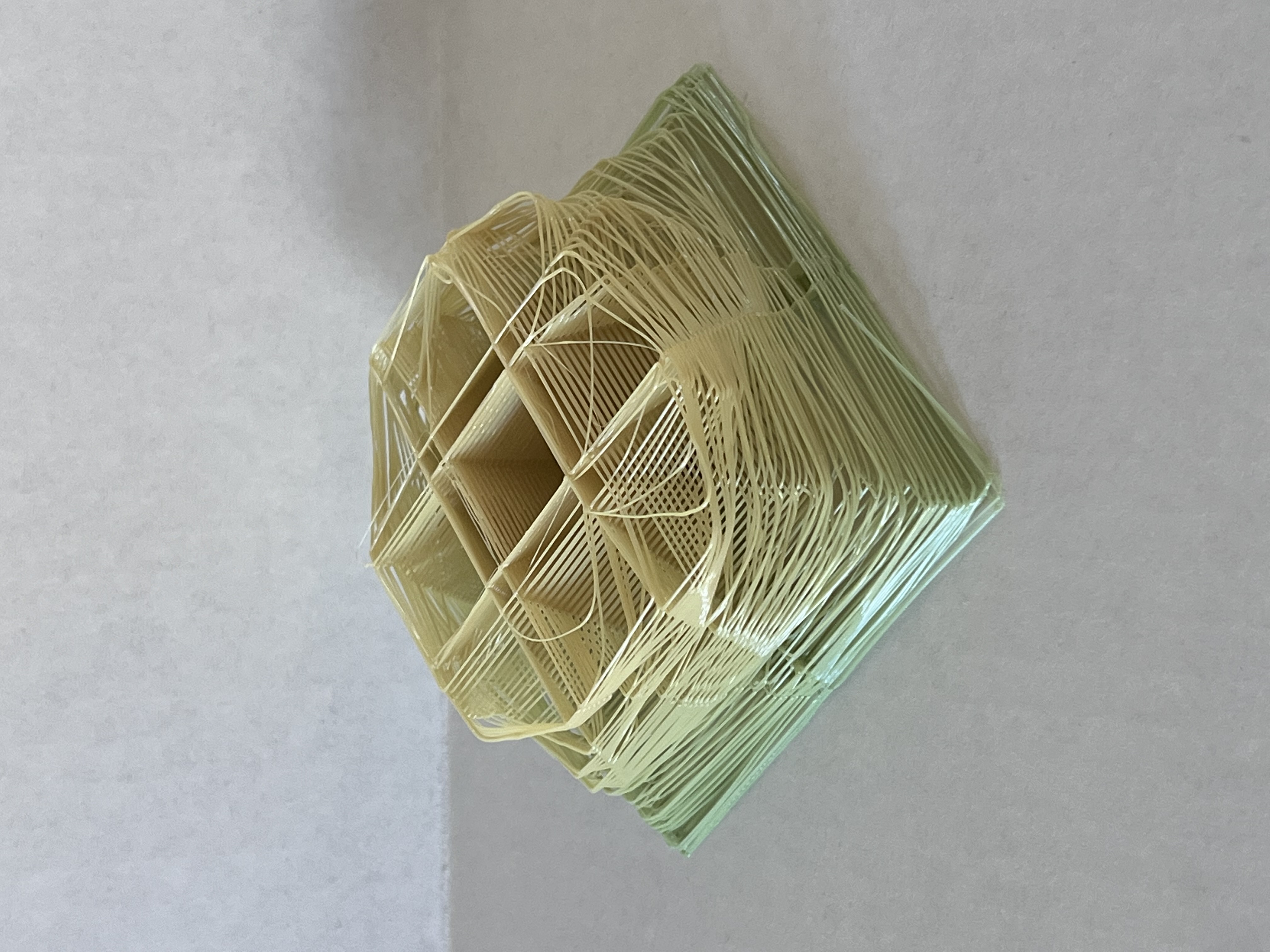
Overall, I had a great time doing this project. One specific detail I thought was amazing was working with multi-color filament. It made the prints look amazing. Some struggles of mine include what I could print and what I couldn’t print. There were some prints, like the spiral cylinder design, that I tried desperately to print, but for some reason, my print head was starting the print at about level -130 on the z level which is not good. Even after manipulating the code and checking the g-code z level to see if it was good to print, it would still go up to level 50 on my printer and start there so I am not sure how to fix that yet. Some prints failed miserably, but I learned what I cannot do and what I can do with the g-code generation from those. Regardless, I still gained much joy from the prints I was able to do and had a great time with this one.
Link to the zip file: https://handandmachine.org/classes/computational_fabrication/wp-content/uploads/2022/04/DamianFrancoLA4.zip
Wow your pyramid is so cool. I set out to make a pyramid but ran into a block when trying to figure out how to support it. Like, if I made a triangle standing up at a 45 degree angle, it would fall. Looks like you did pyramids in pyramids and that supported it.
Thank you! That’s crazy. At first, I definitely did try to just do a singular filament line pyramid shape but I was too scared that it would fall too! That is the main reason I added that circle into a polygon shape within the final print. I am glad that I was not the only one stressing over how to support some of the structures I had in mind.